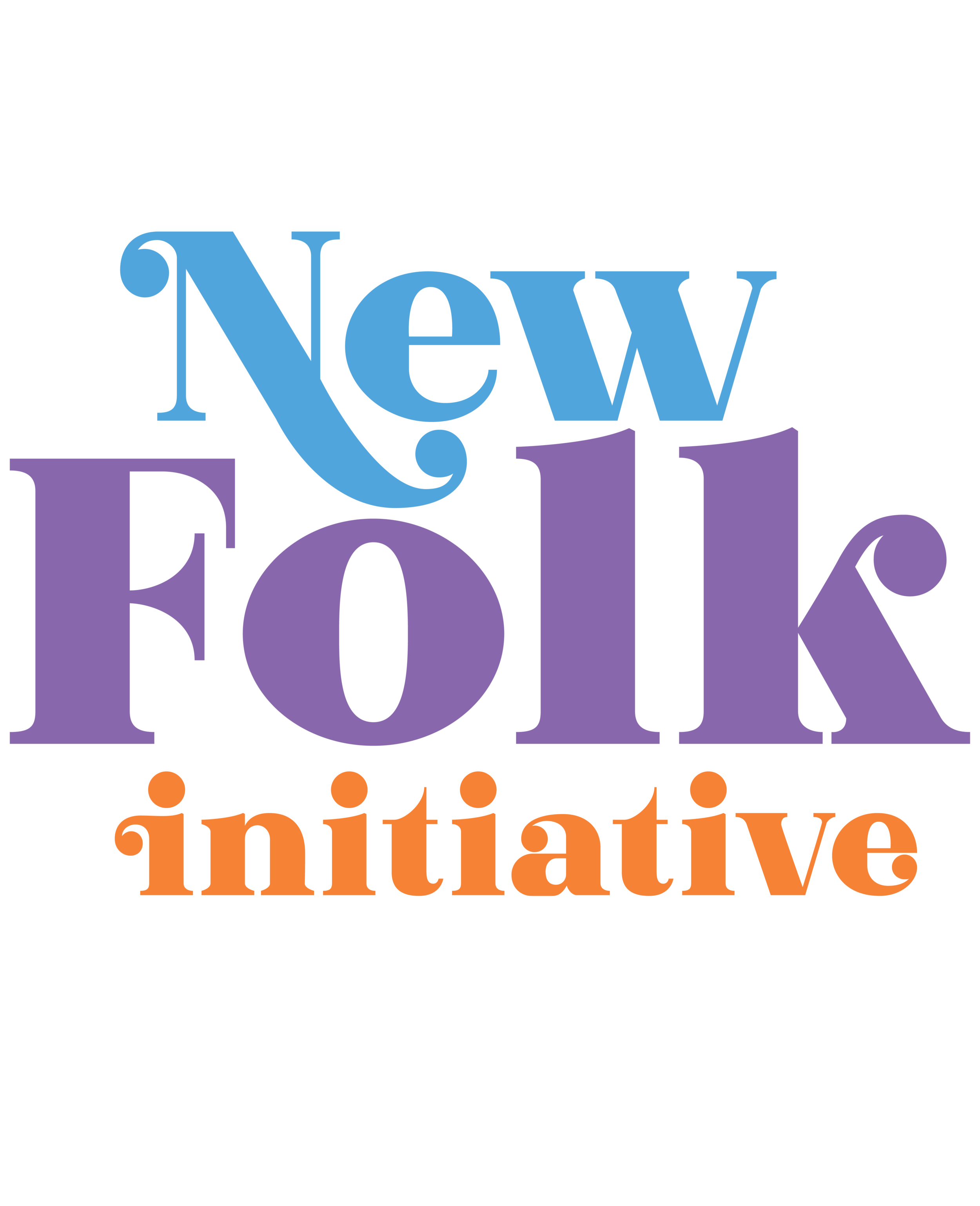Hadestown: A Review
My first encounter with Hadestown was about 10 years ago when Anais Mitchell performed “Why We Build the Wall” on my show. Even unaccompanied, it was riveting. At that point the project about the myth of Orpheus and Eurydice was what she called a “D.I.Y. theater piece” with some performances around her home state of Vermont. A 2010 recording was released on Righteous Babe Records, featuring Anais, Ani DiFranco, Justin Vernon, and Greg Brown as Hades.
In 2016 the New York Theatre Workshop on East 4th St. presented it in a thrilling, but short-lived, production directed by Rachel Chavkin (who helped develop it). When I ran into Anais in January, 2018, she vowed, paraphrasing Martin Luther King, that “the arc of Hadestown is long, but it bends toward Broadway.” Now, following productions in Edmonton and London, she’s achieved her long-awaited goal at the Walter Kerr Theatre, and though the emphasis has changed, once again it’s thrilling.
The downtown production, presented in the round, was very intimate and immersive, a Chavkin trademark. The set was dominated by a gnarly oak tree, with the cast moving in and out of the audience. Now, it’s on a proscenium stage with a New Orleans-style balcony, and Chavkin uses the resources of Broadway to create advanced stagecraft. There are multiple turntables, like the ones employed by Hamilton, and a hydraulic lift through the stage to convey descent into the underworld.
Only two actors have made the move from Off-Broadway to Broadway: Amber Gray as Persephone, the exuberant goddess of springtime half the year and the queen of the underworld the other half, and Patrick Page as Hades. The star of Spider-Man: Turn Off the Dark and How the Grinch Stole Christmas, among other credits, Page lent some serious star power to the downtown production. With an impossibly deep voice, he’s more sinister than ever as the king of the underworld, and it’s hard to imagine anyone else in the role.
Reeve Carney, who was Peter Parker/Spider-Man in that same Broadway production as Page, has inherited the role of Orpheus with ingenuousness and a gorgeous, gentle voice. Eva Noblezada is the new Eurydice, somewhat earthier, but a strong actor and singer. The key role of Hermes the messenger and narrator has changed the most. Where Chris Sullivan’s portrayal downtown was muscular, the Broadway legend Andre DeShields (The Wiz, Ain’t Misbehavin’, The Full Monty) plays him with grace and gravitas.
Beyond Chavkin’s direction, the rest of the creative team (set designer Rachel Hauck, costume designer Michael Krass, lighting designer Bradley King, choreographer David Neumann) has added depth to the production. The three Fates still move through the action as a knowing, though somewhat slicker, Greek chorus, while the five dancers of the “Workers Chorus” evoke WPA posters in their movement. My only quibble is that the fateful journey of Orpheus and Eurydice back toward earth from the underworld seems a bit long.
Hadestown is a true folk opera, in that Mitchell comes from the folk world, and the piece is virtually sung-through (with some rhyming, spoken recitatives). But there is a rich variety in the music, from delicate melodies to driving gospel – all enhanced by the seven-piece onstage orchestra, led by Liam Robinson (with particular kudos to Brian Drye for his trombone solos). There is at least one new song, “A Gathering Storm,” which reinforces the timely theme of climate change, as verdant springtime turns to barren winter. Even more resonant, of course, is “Why We Build the Wall,” written all those years before Trump entered the political scene. (“The wall keeps out the enemy/And we build the wall to keep us free.”)
I believe in the power of music to heal and to liberate. In this telling of the myth, it can spare Orpheus from the wrath of Hades, even if it can’t save him and Eurydice from their fate. The gift of Orpheus, Hermes declares, is “He could make you see how the world could be/In spite of the way it is.” Perhaps that idealism is one reason the surprisingly young audience was so enthusiastic. It’s a tragedy, Hermes reminds us. There’s value “To know how it ends/And still begin/To sing it again/As if it might turn out this time.”
Thank you, Anais and Rachel, for nurturing and refining your vision for all these years. You stir our souls and dare us to hope through our dark days. That’s the power of myth.
